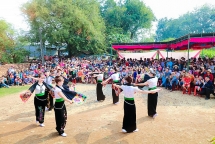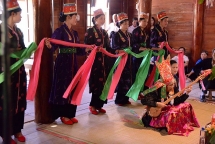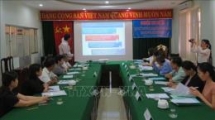Vietnamese ethnic minorities
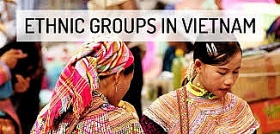 |
Vietnam - The fatherland of many ethnic groups. These ethnic groups together with children of Lac Long Quan - Au Co, who had birth of one hundred children, half of whom went with the mother up to mountains and half went with the father down to sea, expand the mountains and rivers. With mighty mountains and forests, immense plains and Eastern Sea, the territory ranges from Peak Lung Cu (North) to Rach Tau Village (South), from Truong Son Range (West) to Truong Sa Archipelago (East).
Living for a long-standing period in the country, ethnic groups in Vietnam have traditions of patriotism and coordination in conquering the nature.
The history of natural conquest is regarded as an epic, representing the creation and fierce vitality, surpassing all obstacles in accordance with natural conditions for production and development. With different natural geographic conditions, ethnic groups have sought for different methods of nature treatment.
In the plain and midland, ethnic groups grow water rice, building the culture of villages and hamlets, surrounding by thorny bamboo trees. Down on the mountainous areas, ethnic groups grow water rice in combination with on-land production for cultivating rice on fields, at first they plant long-term industrial trees, in replacement of natural forests. They live on houses on stilts, wear indigo-colored dress trousers, dress, shirts with various forest flower and animal designs. Ethnic minorities often drink wine through pipes, which shows the rich community sentiment. Drinkers are impressed by heady bouquet of alcohol and love of human sentiment.
In the Highlands of Viet Bac, Tay Nguyen, tribesmen select method of clearing forest for cultivation field - as a behavior to the nature in the pre-industry age. On the Highlands, the weather is tropical; the cultivation is mainly implemented in summer and autumn. In order to take advantage of the weather and rotation use of land, from long ago, mountainous locals have developed overlapping crops, not only increase income but also protect the land from erosion. Skillful hands and aesthetic spirits of girls have made costumes: dress, clothes with harmonious color patterns for travel across hilly and pass paths. Almost all people in Central Highlands have traditions to thrust buffalos for offering sacrifices to the Heaven, praying for the support of the Heaven for better human health, animals and crops. This is also an area with many mythological stories. Ethnic groups are the creators of stone musical instruments, T'rung, Krongput... Traditional group dances are popular and strong. Along the coast from the North to the South, ethnic groups live on fishing. Every morning fleets of fishing boats sail off-shore and return in afternoon. The life here is also very busy like the farmers on fields in crop time.
Everywhere, people fall in line with the nature, the nature also satisfies people.
| Lying on the Indochina land - a gateway connecting Southeast Asia mainland with Southeast Asia islands, Vietnam has different cultures in the region. Here, there are three big linguistics families in the Southeast Asia, the linguistics family of Southern islands and the Chinese-Tibeto linguistics family. The language of Vietnamese ethnic groups belongs to eight groups of different languages. |
The voice of each ethnic group creates different languages, but because Vietnamese ethnic groups live closely, one ethnic group may know languages of some others. The diversification culture of ethnic groups is put in a general rule of advanced growth of country.
Vietnam is a multi-nationality country with 54 ethnic groups. The Viet (Kinh) people account for 87% of the country's population and mainly inhabit the Red River delta, the central coastal delta, the Mekong delta and major cities. The other 53 ethnic minority groups, totaling over 8 million people, are scattered over mountain areas (covering two-thirds of the country's territory) spreading from the North to the South.
Among ethnic minorities, the largest ones are Tay, Thai, Muong, Hoa, Khmer, and Nung with a population of around 1 million each, while the smallest are Brau, Roman, Odu with several hundred people each.
The Viet people succeeded in establishing a centralized monarchy right in the 10th century. The Cham people once boasted a flourishing culture early in the history. The Tay, Nung, and Khmer ethnic groups had reached high levels of development with the presence of various social strata. The Muong, Mong, Dao, Thai ethnic groups gathered under the rule of local tribal heads. Many ethnic groups divided their population into social echelons, especially those who lived in mountainous areas.
A number of ethnic minorities had mastered some farming techniques. They grew rice plants in swamped paddy fields and carried out irrigation. Others went hunting, fishing, collecting and lived a semi-nomadic life. Each group has its own diverse and special culture. Beliefs and religions of the Vietnamese ethnic minority groups were also disparate from each other.
However, a fundamental solidarity among ethnic groups has been established as a result of a century-long cooperation in Vietnam. In the first century of the history, a mutual supplement in economic relationship between lowland people and mountainous people was formed. This solidarity had been unceasingly strengthened during wars of resistance for defending the country. Through the shared struggle for defending and building of the country and the mutual assistance for co-existence and development, a common community between the Viet people and other ethnic minority peoples had been established and continuously consolidated and developed.
Nonetheless, an evident gap in the material and moral life has still existed between peoples living in the deltas and those living in mountain areas as well as among ethnic minorities themselves. The Vietnamese government has worked out specific policies and special treatments in order to help mountainous people catching up with lowland people, and made great efforts to develop and preserve traditional cultural identities of each ethnic minority group. At present, the programs of providing iodized salt for remote villages, equipping village's health care and hygienic station, fighting malaria, building free schools for ethnic minority children, settled agriculture and fixed residence, creating new writing scripts for minority peoples, developing traditional culture of each ethnic minority group have obtained satisfactory results.
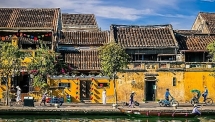 | Hoi An welcomes preservable solutions for national culture heritage Hoi An ancient town made a calling plan for variously innovative measures to preserve the cultural heritages during the 5-year term. |
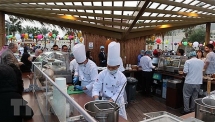 | Vietnamese culture promoted in Saudi Arabia A programme highlighting Vietnam’s unique culture is taking place in Saudi Arabia from February 3 to 15. |
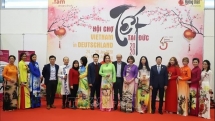 | Vietnamese culture introduced in Germany’s fair An event titled “Vietnam in Germany” is taking place within the framework of the AFA Augsburg spring fair 2020 in Augsburg city of Germany’s Bavaria ... |
Recommended
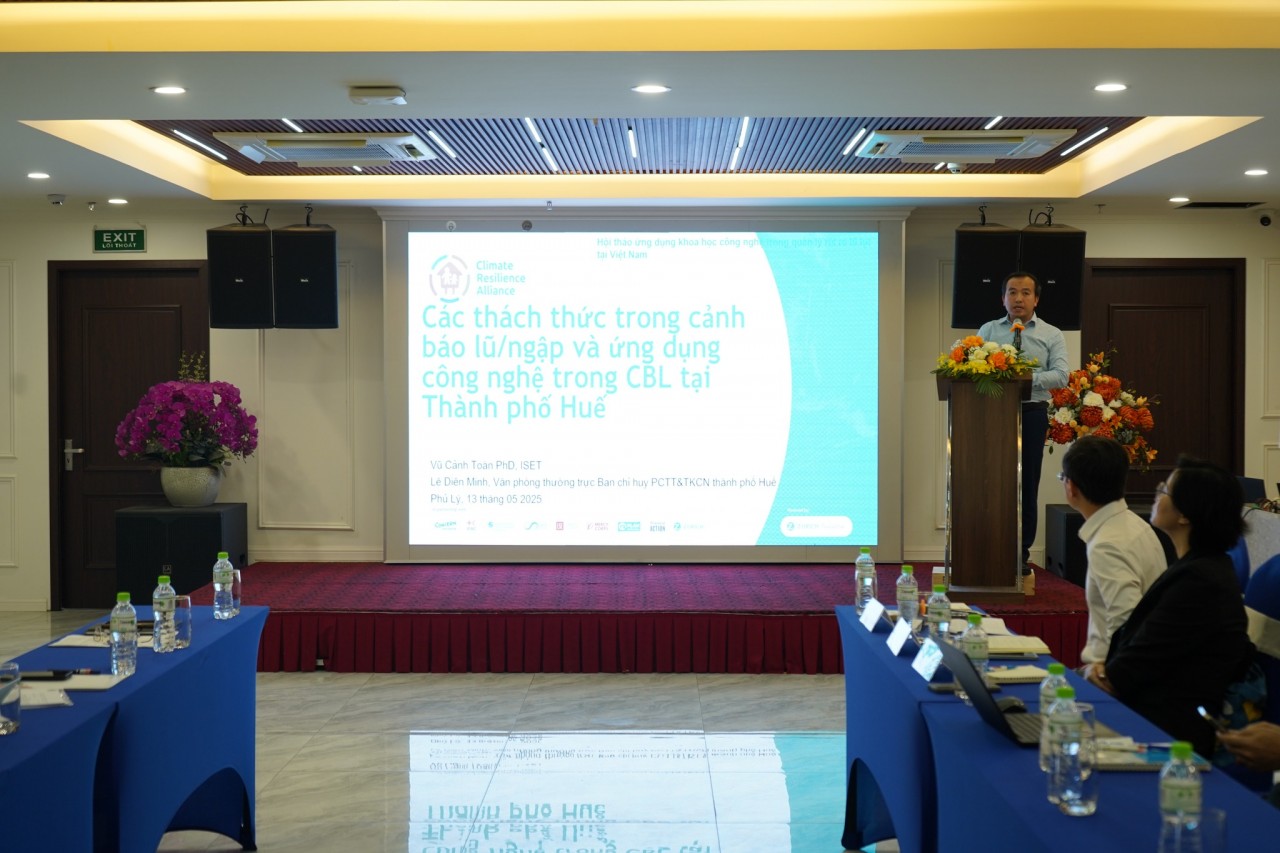 Viet's Home
Viet's Home
Harnessing Emerging Technologies for Flood Risk Warning in Vietnam
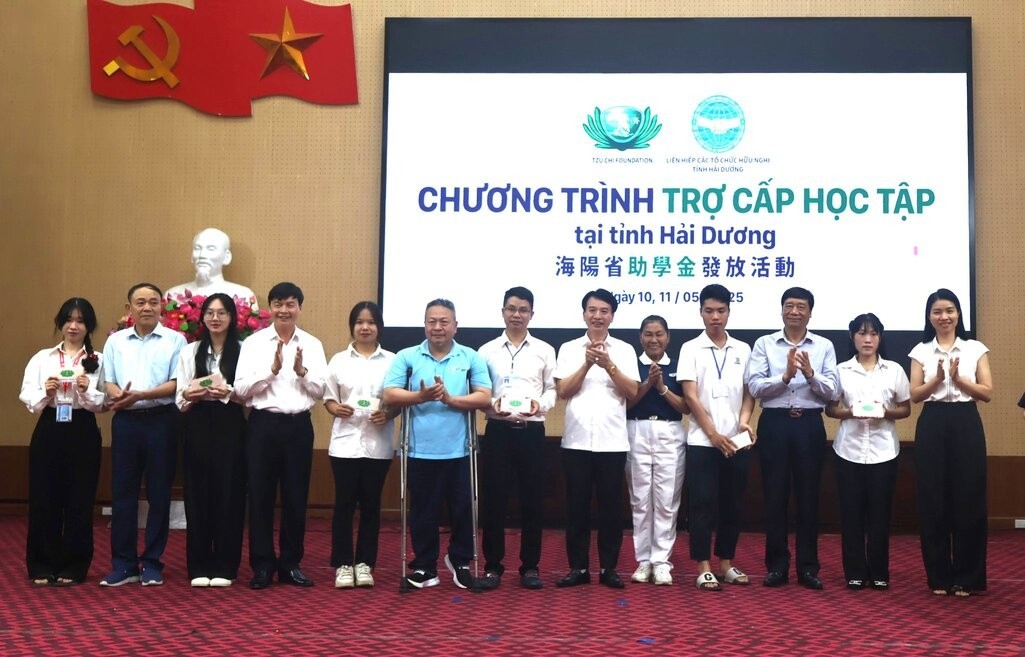 Viet's Home
Viet's Home
Tzu Chi Grants Over VND 2 Billion to Support Disadvantaged Students in Hai Duong
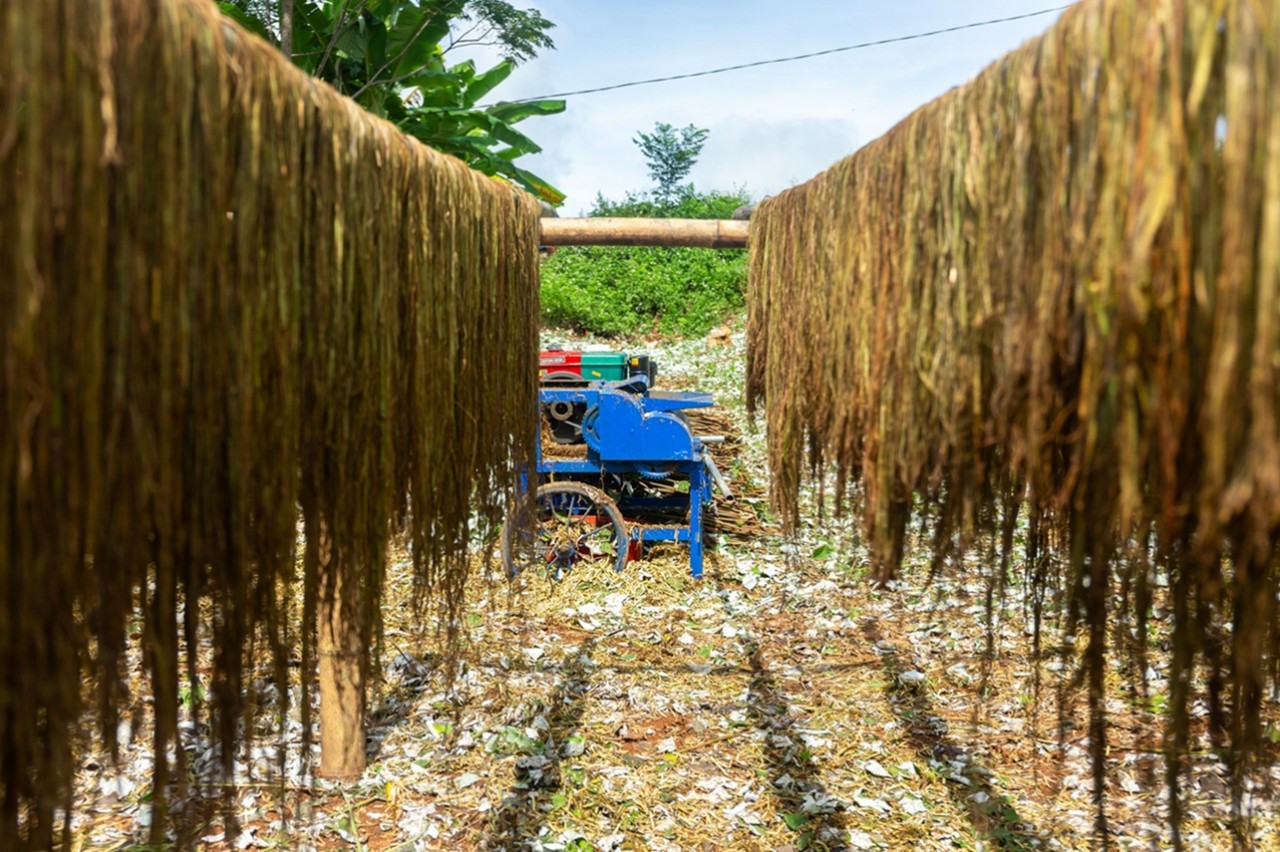 Viet's Home
Viet's Home
CARE Supports Hoa Binh Residents to Develop Sustainable Hemp Products
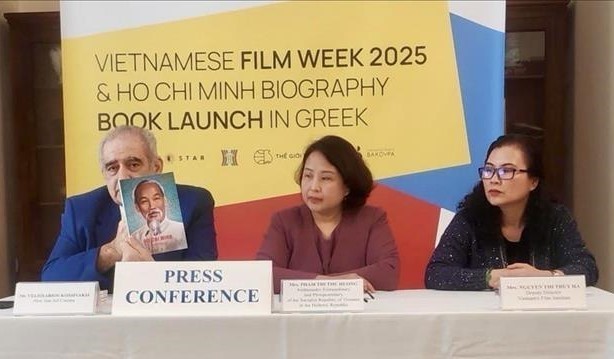 Viet's Home
Viet's Home
"Ho Chi Minh Biography" in Greek Launched in Athens
Popular article
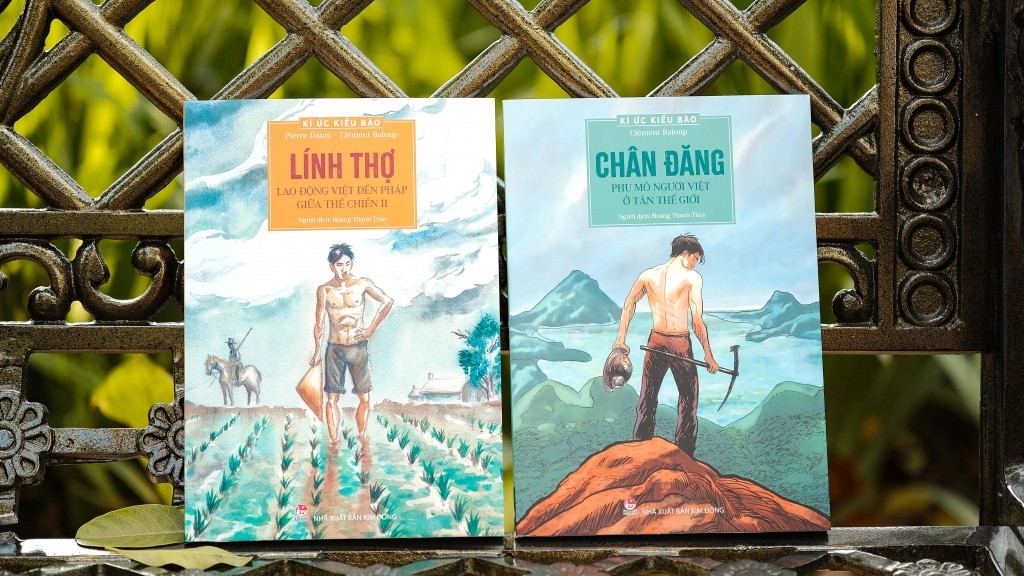 Viet's Home
Viet's Home
French-Vietnamese Author Introduces Book Series "Memories of Overseas Vietnamese"
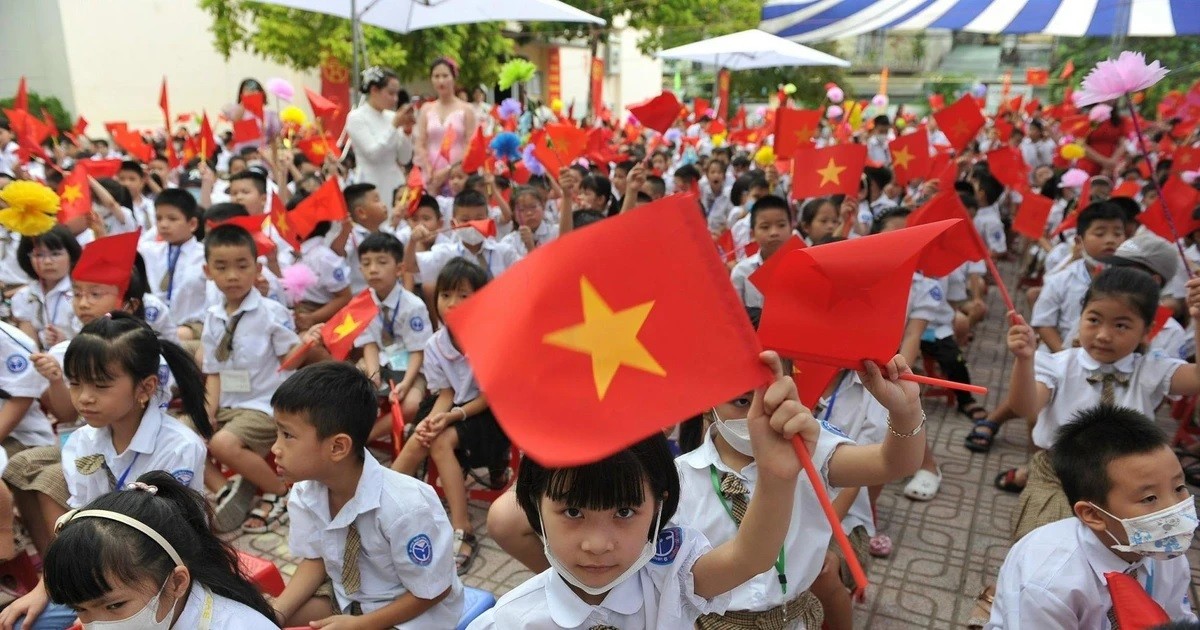 Viet's Home
Viet's Home
Vietnam's Human Development Index Remains High
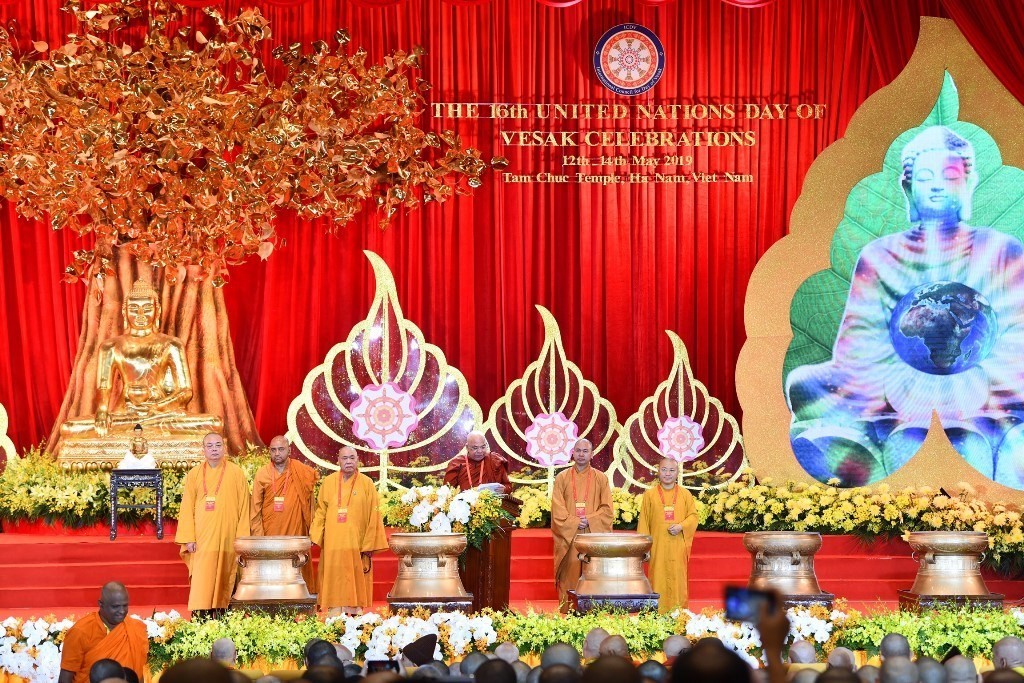 Viet's Home
Viet's Home
Vietnam’s Mark on UN Day of Vesak Celebrations
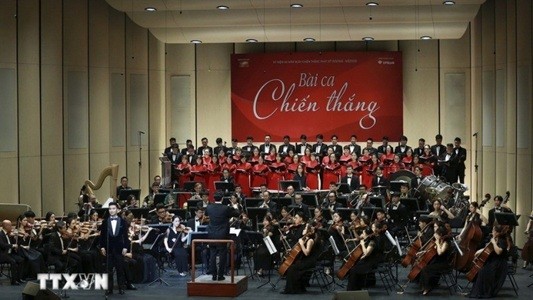 Viet's Home
Viet's Home

